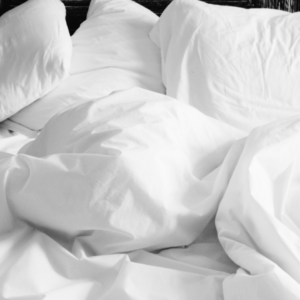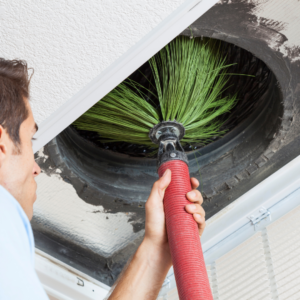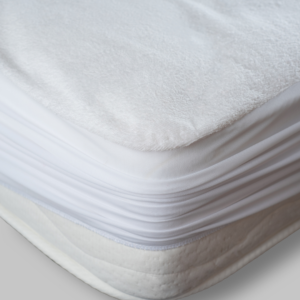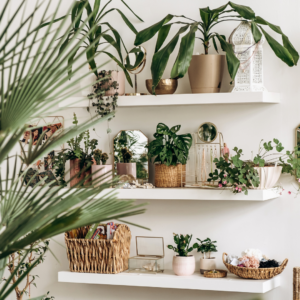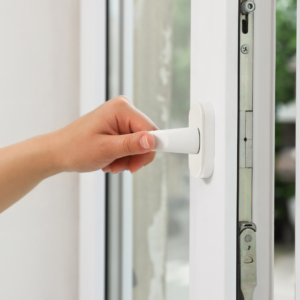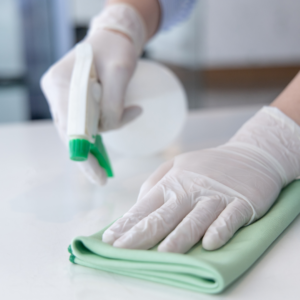As spring approaches and temperatures rise, it’s time to embrace the annual ritual of spring cleaning. Beyond tidying up and organizing, spring cleaning presents a golden opportunity to tackle allergens that may have built up in your home over the winter months. By following a few straightforward strategies, you can foster a healthier living environment and reduce allergens that trigger allergy symptoms. Here are practical tips to help you reduce allergens during your spring cleaning routine:
1. Dusting and Vacuuming Regularly
Dust mites are among the most prevalent household allergens, thrive in dust particles and can provoke allergic reactions in susceptible individuals. To combat dust mites effectively, ensure you dust and vacuum your home on a regular basis. Pay close attention to areas prone to dust accumulation such as shelves, baseboards, ceiling fans, and upholstery. Utilize a vacuum equipped with a HEPA filter to capture dust and reduce allergens efficiently.
2. Washing Bedding and Upholstery
When conducting spring cleaning, remember to launder your bedding—including sheets, pillowcases, and blankets—in hot water. This helps eliminate dust mites and remove allergens effectively. Additionally, consider washing or steam cleaning upholstery to rid furniture surfaces of dust, pet dander, and other allergens.
3. Cleaning Air Ducts and Vents to Reduce Allergens
Over time, dust and debris accumulate in your home’s air ducts and vents, dispersing allergens throughout your living space. Hiring professional services to clean air ducts and vents can significantly enhance indoor air quality and diminish allergens in your home environment. Click Here to check out our Trusted Business Professionals.
4. Reduce, Declutter, & Minimize
Clutter attracts dust and impedes effective cleaning. Use spring cleaning as an opportunity to declutter and organize your living spaces. Minimize items on shelves, countertops, and floors to reduce allergens accumulation and cultivate a cleaner, healthier home environment.
5. Using Allergen-Proof Covers
For allergy sufferers, employing allergen-proof covers on mattresses, pillows, and box springs creates a barrier against dust mites and other allergens. Invest in hypoallergenic bedding and pillowcases to minimize exposure to common allergens during sleep.
6. Maintaining Indoor Plants
While indoor plants can enhance air quality, they may also harbor mold spores and pollen that trigger allergies in some individuals. Position indoor plants in well-ventilated areas and dust their leaves regularly to minimize allergen buildup.
7. Ventilating Your Home
Adequate ventilation is crucial for reducing allergens indoors. Open windows when feasible to promote fresh air circulation and reduce allergens. Consider utilizing exhaust fans in bathrooms and kitchens to expel excess moisture and prevent mold growth, a common trigger for allergies.
8. Using Natural Cleaning Products
Many conventional cleaning products contain harsh chemicals and fragrances that can exacerbate allergies. Opt for natural alternatives like vinegar, baking soda, and essential oils to clean your home effectively without introducing unnecessary allergens.
Incorporating these spring cleaning tips into your routine fosters a cleaner, healthier home environment that is more comfortable for those prone to allergies. Consistency in maintaining these practices year-round is key to reducing allergens and enhancing indoor air quality over time. So, gear up for spring, gather your cleaning supplies, and embark on refreshing your home while mitigating allergens effectively.

